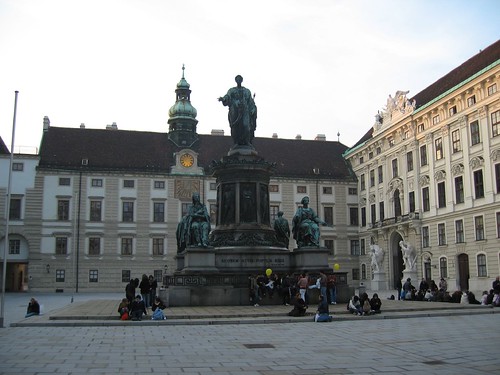Located to the northeast of Belgium, only an hour train ride from the famous Brussels, Bruges presents a unique landscape surrounded by channels like the old Venice, with a typical medieval architecture intact, reflecting Europe’s past, and numerous bridges that look out onto the port generates a perfect environment for a visit. Its origin or source of the name comes from Old Norse Bryggia, which means bridge, dock, and refers to the large number of bridges that are scattered around the city, giving it a city-port basis.

Photography by leoplus
Its origins go back to the eleventh century, when documents began to appear where declaring the existence of Bruges as a city. This was growing year after year thanks to its port, making it one of the richest cities around Europe until the fifteenth century, when the main channel was blocked, the product of the economy of the city, leaving Bruges into oblivion. Throughout its history, Bruges suffered various tensions between the Flemish and the French crown, causing various problems for the city and many deaths, a past that does not want to be remembered.

Photography by Londo Mollari
Bruges is a city now calm, little traveled by cars because they have restricted the passage in many of the historic streets, giving more tranquility and beauty of the city. The most visited tourist destinations are in the old town, but do not forget that Halloween has grown as a city, by impressive buildings such as the New Concert Hall (Concertgebouw). For the rest of the architecture, the city follows a harmony with their buildings, showing houses old roofs and concludes against the canals running through the area, looking like the cities of Stockholm, Amsterdam and Venice.
Among the two most important squares of the city (Plaza Mayor Markt and the Burg Square) are the most spectacular buildings of the city, such as Bell made between the thirteenth and sixteenth centuries, the Gothic style and consist of a tower 83 meters high, with more than 300 steps inside. On top of this tower, are housed together 47 bells weighing a total of 27 tons, and offers a privileged view of the city from the heights.
In the Burg Square you can find the historic town hall, dating from the fourteenth century, characterized by impeccable Gothic style. It is also home to one of the many temples that are in the city, the Basilica of Holy Blood, consisting of a mixture of overlapping styles (Neo-Gothic and Romanesque) due to the extensions that were made at different stages.

Photography by Steve Parker
The church of Our Lady of Bruges house is characterized by a beautiful figure of the Virgin and Child in marble, the work of Michelangelo himself. Another popular church is the Cathedral of San Salvador, and is enshrined as the oldest in the city, dating from the eleventh and twelfth centuries and is composed of a great tower of 100 meters with an ornate architecture.
Happen also various cultural events, music and art, such as the Feast of Channels (Reiefeesten), where he recalls the medieval Bruges every three years, The Procession of the Holy Blood (relic brought by the Count of Flanders in the Second Crusade) performed at the end of spring, and for the more bohemian Cactus Festival is celebrated, where you can listen to a wide variety of music ranging from blues to ethnic music and regge.
As for museums, you can see a great variety, such as Gruuthuse (Museum of Decorative Art Collection) and Groeningemuseum (Museum which houses works of the most important flamenco artists in the history of art). You can also find specific museums, such as the Diamond Museum, Archaeological Museum, Museum of Lace, among many others. Finally we must not fail to mention that the channels can be crossed in boats, which have a half-hour tour and the tours are conducted throughout the year except the coldest months.
A key point that is important to note, is that in the public parking sites are located in the historic downtown streets have a reduced schedule that varies from four hours in the blue parking zones and a maximum of two hours in parking lots measured. To avoid problems, you can park your car in the parking underground or in the parking lot of the station that has a very small fee (€ 2.50 per day, including the bus that takes you to the center of the city).
Good trip to Belgium!
Leave a Reply
You must be logged in to post a comment.
Recent Comments